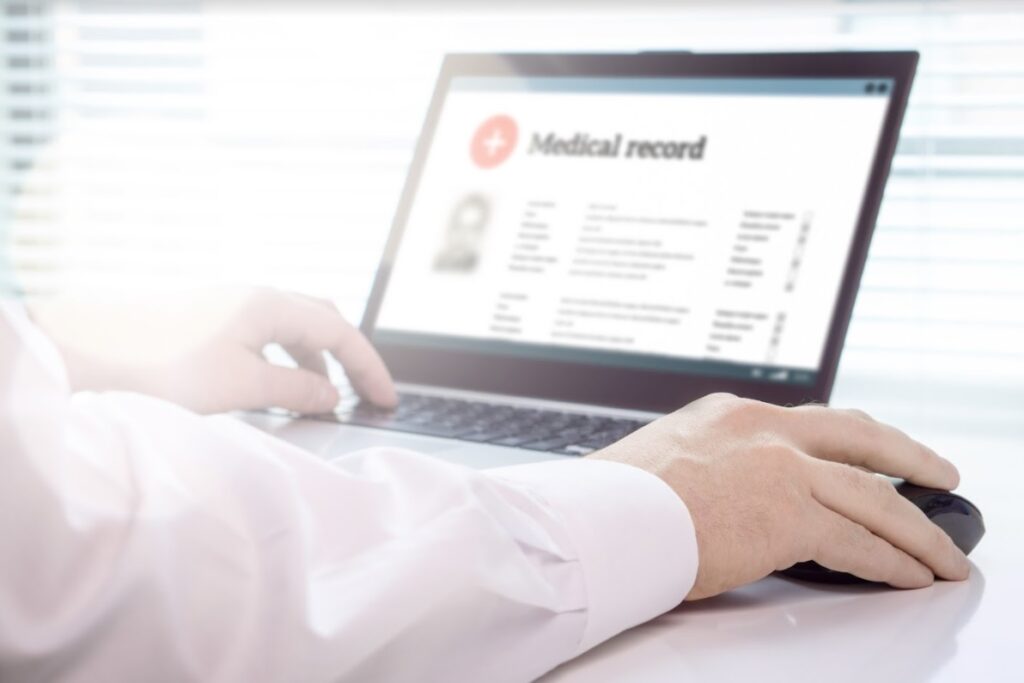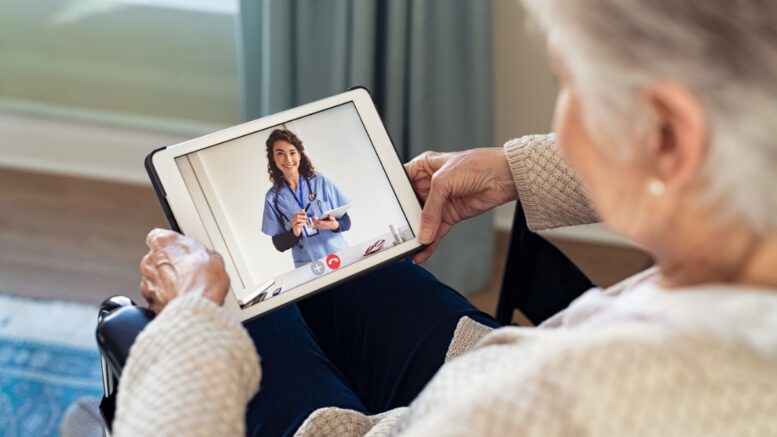The healthcare industry continues to evolve with advanced technology in its various areas. Among these advancements is health IT or health information technology.
Like other industries, the medical field thrives and handles data through information systems. Through this tool, the healthcare industry can secure valuable data, improve public health and medical care, and increase efficiency, among others. Here are ways that healthcare associates can take advantage of health IT.
Implement EHR And EMR
If you read health IT articles, you’ll find that the systems involved are primarily geared toward storing patient data. There are various examples of health information systems. These are the electronic health record and the electronic medical record. Implementation of these two systems can take time, depending on the organizational size, system complexities, and server location. Typically, more extensive facilities can take up to a year and six to nine months for small businesses.
The two seem interchangeable but have fundamental differences. For one, the electronic health record (EHR) comprises the health data and treatment of the patients. The electronic medical record (EMR) is digital medical history. It can integrate and share data with other health records, allowing the medical provider to access information on their healthcare data.
The EHR is created to help improve patient-clinician relationships. When data is secured and accessed by key personnel, it enables them to make informed medical decisions that enhance patient care. For example, health IT can improve the clarity and precision of medical records, thus, avoiding errors, eliminating duplication, and minimizing delays in patient treatment.
The EMRs, on the other hand, are universal and help enhance the efficiency of personalized care. With EMR software, physicians or a medical facility can access your records. It makes digital checkups possible, and medical practitioners can prescribe medications virtually.
Improve Coordination For Efficient Care
Health IT is also helpful to nurse practitioners as it allows multiple healthcare workers to share information. They record the patient’s care and share information, logs, and results regarding the patient’s health. Nonprofit health systems are backing multiple hospitals across the country that use and share a high-end information system that staff can use to properly document and share the different stages of a patient’s data on treatment.
Sharing information through cross-disciplinary means has improved patient outcomes and satisfaction. Coordination in the care and management of cases can also be enhanced when nurses are aware of the value of technology and how they can utilize it. Nurses can work with information technology personnel to use data analytics to identify outcomes and find the patients who are most at risk and need priority care.

Create A Patient Portal For Patients
Transparency is essential in the healthcare industry. Health IT protects patient information while allowing them to access their personal medical information as they wish through a patient portal. A patient portal is a website or an application that patients can access through the internet to help provide a better patient experience. Patients can view their health information using secure login details.
The patient portal helps patients monitor doctor visitations, prescription medicines, test results, billing, and more. Patients can email healthcare professionals through the portal for questions. Many healthcare providers offer patient portals, and you can get an account for free.
The patient portal will contain the following:
- Briefings of discharge
- Immunizations
- Prescription medication
- Allergies
- Laboratory results
- Allergies
With patients, the portal can allow the following activities:
- Request non-emergency appointments
- Prescription refills
- Update contact or insurance information
- Ask for referrals
- Download and fill up forms
- View benefits and insurance coverages
- Perform transactions through the doctor’s office
- Read informational materials
Patient portals allow patients to control their health information and care. It supports communications in-between visits.
Monitoring Patients Remotely
The importance of communication between patient and provider cannot be stressed enough. Also known as telehealth, patients can access medical services and allow them to manage their healthcare. Both patients and doctors can use technologies such as mobile devices and computers.
Telehealth also involves serving medical missions through the medical office or by a traveling clinic in various locations. Monitoring patients remotely can be done with technology that can improve healthcare services. For example, medical sensors send alerts for the monitoring of blood glucose. The data is sent to the providers, assisting in the detection of health-related events that’ll need medical intervention.
In Conclusion
These are only a few ways healthcare facilities can take advantage of health information technology. Many hospitals, clinics, and medical offices utilize these measures to improve outcomes, communications, treatments, and more.
Health information technology is a tool that continues to evolve to improve patient health care. It streamlines processes, reduces errors, and encourages communication and patient accountability. Various technologies are dedicated to the use of patients and healthcare providers to ensure continued support. Only time can tell what’s in store for the future of the healthcare industry as technology continues to change and improve.
